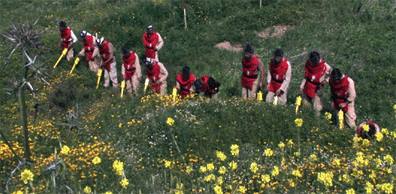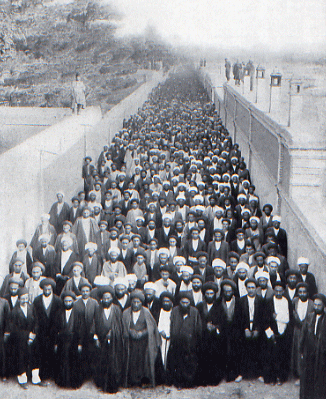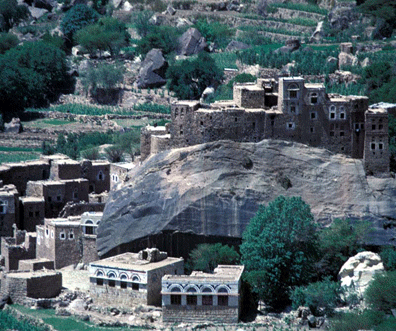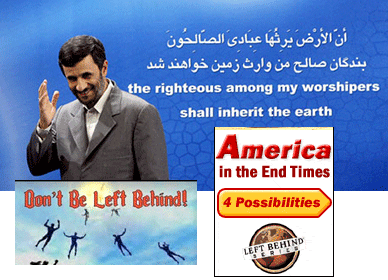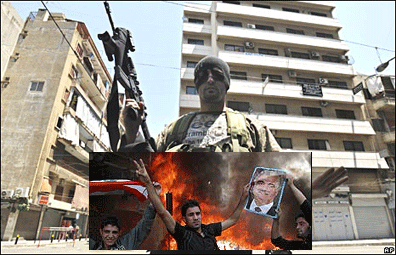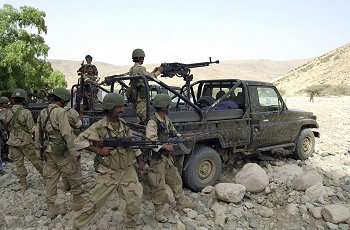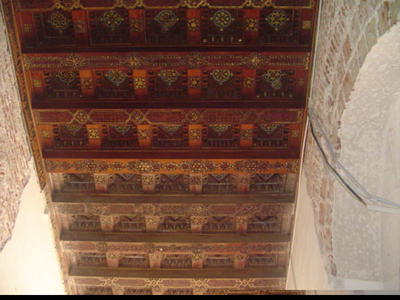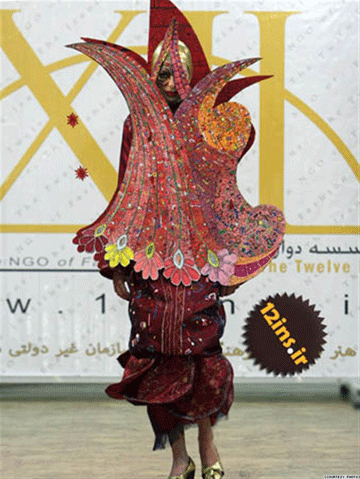
Iran’s Catwalk Ban Is Only The Beginning
by Farangis Najibullah, Radio Free Europe/Radio Liberty, September 20, 2008
Move modestly. No garish makeup. Don loose and unrevealing clothing. Those are some of the new rules for Iranian models, who have been told not to attract too much attention during fashion shows.
The orders, handed down by the Culture and Islamic Guidance Ministry and published this month, are intended to promote Iranian and Islamic designs and stave off the influence of Western culture.
Live models “should avoid any behavior that would distract visitors’ attention from the clothes put on display,” according to the eight-part “Guideline For Fashion And Dress Shows.”
“Models are not allowed to show off the curves of their bodies, and their hair should not be seen,” the document reads. “The wearing of tight and body-hugging clothes and types of makeup that are incompatible with Islamic and Iranian culture are prohibited.”
Musical accompaniment must be “well-matched to Islamic and Iranian culture,” and should not prompt models to move or walk in an inappropriate manner.
And the fashion-show runway, better known as the catwalk? That’s been banned altogether, since it’s been deemed a slavish imitation of foreign culture. Continue reading A Persian Catwalk
